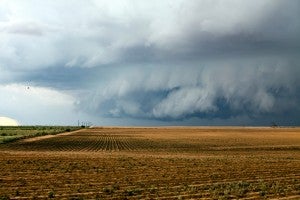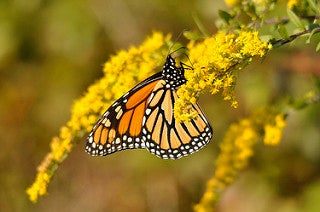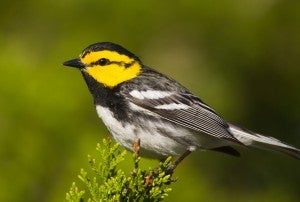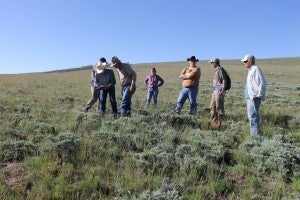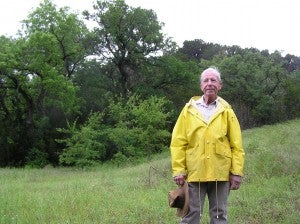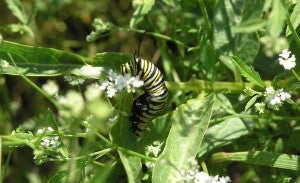
A monarch caterpillar eats antelope horn milkweed growing at Shield Ranch.
A few weeks ago, I visited Shield Ranch, a 6,000-acre property devoted to responsible cattle management and wildlife conservation. I made the visit to the ranch – less than 20 miles west of my home in Austin – to test a new tool being designed to more accurately assess habitat for the monarch butterfly.
Standing in a field of wildflowers with a team of scientists, we used the monarch butterfly habitat quantification tool to measure vegetation and determine what monarch habitat was available on the property. We’ve used similar habitat quantification tools for other at-risk wildlife like the lesser prairie-chicken and greater sage-grouse, but this was the first time we tested a tool for monarch butterfly habitat.










